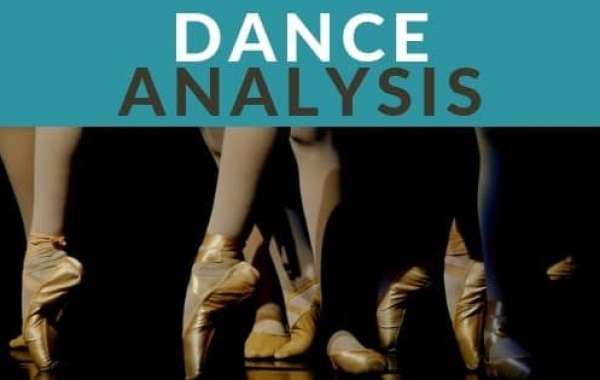Two ballet dances are presented in this paper for the clear analysis of custom writing: Four Seasons by the choreographer Kiyon Gaines, the ballet soloist from the Central Pennsylvania Youth Ballet, and Clown in Swan Lake by Hamad Ibrahim from the Cairo Opera Ballet Company. With the regard to the genre peculiarities, these two ballet dance pieces are similar in style, however, they differ in directors’ vision and approach towards the crucial artistic components and essentials on stage. Specifically, the difference could be vividly noticed in the storyline, classic theatric layout, the positioning of characters and their role in the dramatic settings, the role play, mood, costumes, and tone. Even the degree of inspiration that overwhelms the ballet dancers in both plays varies. Although two ballets are similar in genre, they differ in the interpretation. Both ballets become the interpretations of classic (Clown in Swan Lake) and modern (Four Seasons) variants of the musical artworks of Tchaikovsky and Vivaldi.
The directors’ vision on the approach to the choreography components in two dances is different. For instance, while Kiyon Gaines prefers that Four Season displays the connection of nature revival and reflects dancing as the harmonic change between one season to another, Hamad Ibrahim also uses the natural component, but he develops the concept of the “swan lake” as a sign of struggle for survival, dominance, success, and love among “swans.” Owing to this broad image, the choreography of Clown in Swan Lake is more expressive in mood than in Four Seasons as the ballet dancers are moving faster to show the role of struggle and the contrasts in life paths. In addition, if analyzing the ballet dances from a practical perspective, the atmosphere of traditional theatre highlights a special meaning of Clown in Swan Lake. On the contrary, CPYB Premiers video of new Gaine’s work Four Seasons shows that the settings of this dance are placed in the simple hall that does not have a high-raised mood impact on the audience. The choreography approach is not same as the ballet dancers in Clown in Swan Lake show their mastery in crossing legs to 180 and 360 degrees opening in a jump, while in Four Seasons, the legs cross is maximum at the rate of 180 degrees.
In Four Seasons, there is no clear storyline: this musical piece reflects changes in seasons all round the year. In spring, there is a fresh start and joy that fills people and nature as the sign of revival. Summer is lazy, smooth, and slow, when all people need is a cup of tea in the blossoming garden. Autumn, in director’s view, is the most attractive part of the year and the ballet dance, in fact. This part is energetic with the leaves falling on the ground and the wind travelling and freeing the boundaries. Winter is, in contrast, frosty and full of blizzard movements that show the tension of cold. All these elements do not follow the specific storyline. Clown in Swan Lake is a love story between “swans” who are eager to express their feeling and energy of the main characters. They move around the stage to highlight the difference between the roles of the ballet dancer: some of them are the main characters, and others have secondary parts. Though, in Four Seasons, there are five males and five females who have equal roles.
Two ballet dance shows are dynamic in the movements and skillful in choreography. They show contrasts in the scenes, ways of running, jumping, crossing legs. Moreover, the settings of Four Seasons and Clown in Swan Lake are different in their creativity and in the manner of being perceived. The difference between two ballets is in the context of differences between classic and modern interpretations offered by the choreographers. The modern approach in Four Seasons does not resemble the classical interpretation of Clown in Swan Lake.




